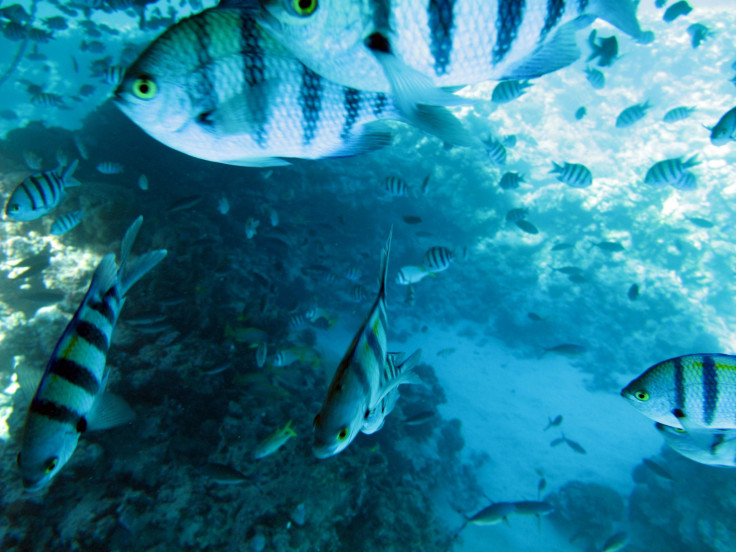15 ‘bright spots’ jam-packed with fish discovered in damaged coral reefs, may provide climate change solution

After over 6,000 reef surveys in 46 countries, Australian researchers are extremely excited as they have found 15 areas in damaged world reefs that are heaving with fish. The scientists have named these areas “bright spots,” as they have can prove to be instrumental in developing exciting coral reef conservation solutions.
It is one of the largest global studies of its kind. The findings have been published in journal Nature. Lead author of the study, professor Josh Cinner from the ARC Centre of Excellence for Coral Reef Studies at James Cook University in Queensland, said that he and his teammates are absolutely surprised by this find given the widespread depletion and sorry state of coral reef fisheries globally.
“These ‘bright spots’ are reefs with more fish than expected based on their exposure to pressures like human population, poverty, and unfavourable environmental conditions ... We wanted to know why these reefs could ‘punch above their weight’ so-to-speak, and whether there are lessons we can learn about how to avoid the degradation often associated with overfishing,” Cinner said in a statement.
UQ Centre for Biodiversity and Conservation Science and CEED researcher Dr. Maria Beger believes that discovering these bright spots may be the first step towards an integrated conservation where long-term success would depend on “action in places where people and coral reefs need to co-exist.” She added that current global conservation efforts protected places with low threat and high ecological integrity.
As opposed to the bright spots, the scientists also identified 35 “dark spots” where fish stocks were in worse shape than expected. These dark spots are more globally distributed and found in every major ocean basin.
On the other hand, the bright spots were typically found in the Pacific Ocean in places such as Kiribati, Papua New Guinea, parts of Indonesia and the Solomon Islands, said Dr. Christina Hicks of Lancaster and Stanford Universities. A total number of 39 scientists from 34 universities contributed to the study.
“This study is a very useful addition to our growing knowledge of what kinds of human activities, policies, and societal characteristics lead to reefs that are likely to fare well, or less so, into the future,” Dr. Elizabeth Madin from the Department of Biological Sciences Macquarie University told Australian Geographic.





















